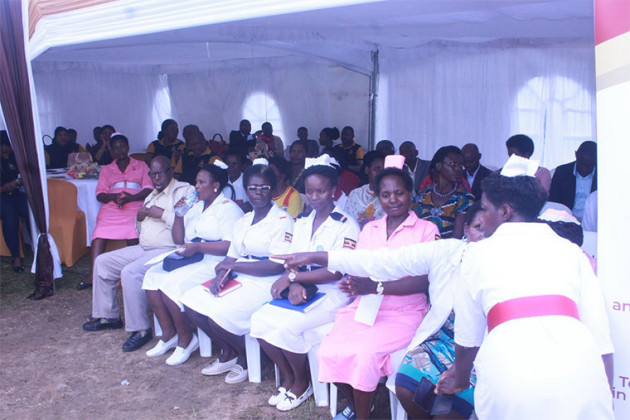KAMPALA, UGANDA: The African continent doesn’t have enough health workers to meet the needs of its population, a new study has revealed.
The study which was published in the British Medical Journal this week surveyed the health workforce in 47 countries between January 2018 and April 2019. The findings show that the continent does not have enough health workers across different medical fields like physicians, nurses, and midwives. It is estimated that the continent has 3.6 million health workers across all the 47 countries surveyed.
The study titled, “The health workforce status is the WHO Region: findings of a cross-sectional study,” shows that on average has a 1.5:1000 health worker ratio. This is below the recommended World Health Organization (WHO) ratio of 4 health workers per 1,000 people.
The report attributes the high shortage of health workers to several factors including inadequate training capacity, international migration or brain drain, weak governance of the health workforce, and poor retention of health personnel.
It is projected that the shortage of health workers in Africa will reach 6.1 million by 2030, a 45 per cent increase from 2013, the last time projections were estimated. Dr Matshidiso Moeti, the WHO regional director for Africa says the shortage of health workers creates a challenge in tackling maternal and infant mortality.
“The severe shortage of health workers in Africa has daunting implications. Without an adequate and well-trained workforce, tackling challenges such as maternal and infant mortality, infectious diseases, non-communicable illnesses, and providing essential basic services like vaccination remains an uphill battle,” she said.
According to the report, 37 per cent of the workforce, the majority, is made up of nurses and midwives while medical doctors are only nine per cent. Laboratory personnel and community health workers contribute 10 per cent and 14 per cent respectively while 12 per cent are administrative and support staff.
Only four countries; Mauritius, Namibia, Seychelles, and South Africa have surpassed the WHO health worker-to-population ratio. In Uganda, the doctor-patient ratio stands at 1:24,000. For this ratio to be reduced, the report recommends that governments address the persistent shortages and poor distribution of the health workforce.
In addition to this, the report suggests that countries increase investments in building the health workforce to meet their current and future needs. In addition to this, it suggests that strong measures be taken to boost the training and recruitment of health workers as well as to improve their deployment and retention.
If you would like your article/opinion to be published on Uganda’s most authoritative news platform, send your submission on: [email protected]. You can also follow DailyExpress on WhatsApp and on Twitter (X) for realtime updates.



